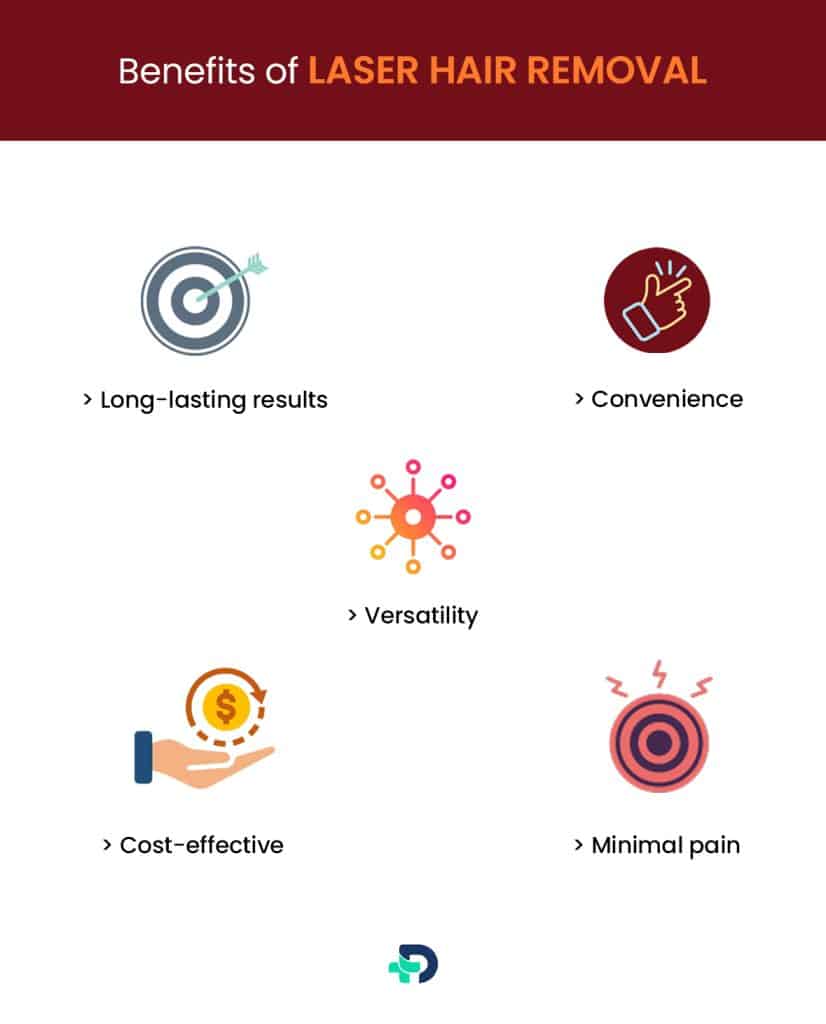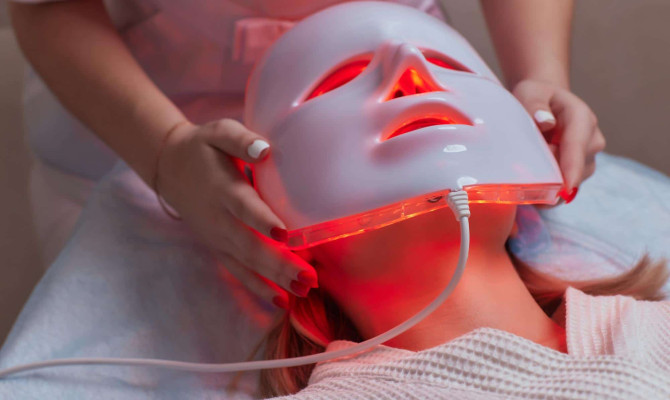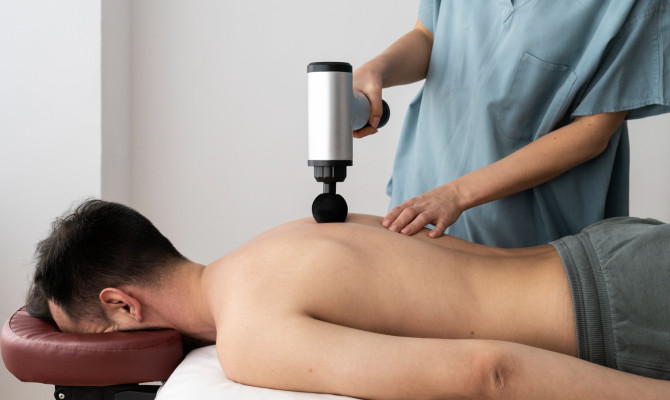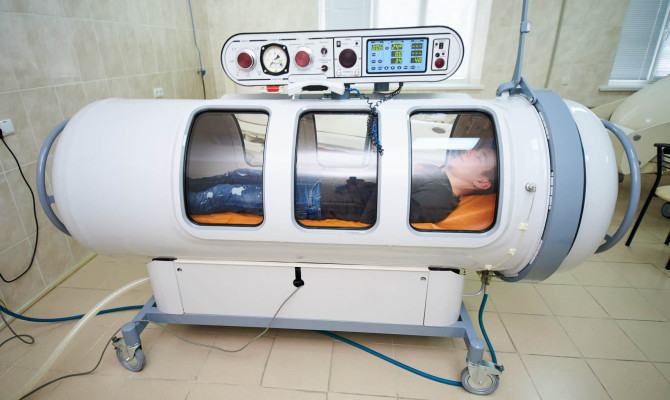What is Laser Hair Removal: The procedure, Benefits and Precautions

- Laser Hair Removal
- 17 Aug 2023
Overview
What is Laser hair removal?
Many people may experience excess hair growth on different parts of their bodies regularly, which can be irritating. Over the years, shaving, hair removal lotions, epilation using waxing or epilators, and laser hair removal have all been created. For long-term hair reduction, various lasers and light sources are readily available.1Overview| Researched based study from Nlm.nih.gov Laser hair removal treatment is FDA approved and is a popular hair treatment among young adults.2Overview| Researched based study from Aad.org Laser hair removal is often safely used on the face, underarms, back, legs, hands, and bikini area.

The procedure
How does it work?
- Laser hair removal targets and destroys the melanin pigment in hair follicles using concentrated beams of light.
- Lasers in the wavelength range of 300 to 1200 nm can be absorbed by melanin and can reduce hair efficiently.3The procedure| Researched based study from Nlm.nih.gov
- The laser emits a precise wavelength that the pigment absorbs, scorching and destroying the hair follicle while leaving the skin’s surrounding components untouched. As a result, the hair growth cycle is disturbed, resulting in decreased hair growth.
How is laser hair removal done?
The laser hair removal procedure involves the following three steps:
- Preparation for treatment
- Laser hair removal procedure
- Post-treatment care
Preparation for treatment
- Shave the area a few days before the operation to allow for the development of a slight stubble; this will give enough of a target for the laser.4The procedure| Researched based study from Nlm.nih.gov
- Avoid plucking or waxing your hair for six weeks before the surgery.
- Applying sunscreen to the skin is crucial for at least four to six weeks before the treatment.
- Stay away from direct sun exposure before the procedure because tanned skin might make the procedure less effective and increases the risk of developing side effects.
Procedure
Before beginning the operation, the doctor cleans the region to be treated.
- The doctor may apply a topical anesthetic cream half an hour or one hour before the laser hair removal procedure.
- During the procedure, it is important to protect the eyes of the patient and the doctor with the help of safety glasses or goggles.6The procedure| Researched based study from Clevelandclinic.org
- During therapy, the doctor may begin laser treatment on the region of excess hair growth.
- Laser hair removal is not particularly painful but may feel like stings that can be compared to a rubber band snap across their skin.
- Based on the size of the region being treated, the time taken for the procedure could be a few minutes to an hour.
- It is natural to smell smoke and burning hair as the laser’s heat burns away the hair.
Post-treatment care
- The doctor may use ice packs or other cooling agents to reduce discomfort and swelling immediately following the procedure. To minimize swelling and redness, topical steroid creams may be applied.
- Always apply sunscreen even at home, and stay away from direct exposure to sun light.
- Apply ice bags on the treated areas to reduce redness and burning sensation while at home.
- Do not tweeze, wax or pull the hair from the areas treated by laser.
Sessions
How many sessions required for Laser hair removal?
- Since the hair follicles are only susceptible to laser treatment when they are in the anagen stage of the hair development cycle, numerous sessions will be required to reach every hair follicle.
- For hair removal therapy’s initial phase, 4 to 6 treatment sessions spaced 4 to 6 weeks apart are the minimum needed to provide satisfactory results.4Sessions| Researched based study from Nlm.nih.gov
- Since laser hair removal may not be permanent, patients may need maintenance treatments every six to twelve months.
- However, contacting a skilled specialist who can assess your needs and plan a treatment accordingly is critical.
Excessive hair
What causes excessive body hair?
The following conditions can cause excessive body hair growth –
- Inherited from parents through genes.
- Hirsutism – unnatural hair growth on a woman’s face, chest, and back4Excessive hair| Researched based study from Nlm.nih.gov
- Hypertrichosis – men and women grow excessive hair on their bodies.
- Medicines – like anabolic steroids, cyclosporine, glucocorticoids and birth control pills.5Excessive hair| Researched based study from Nlm.nih.gov
- Hormone imbalances – as in polycystic ovarian syndrome (PCOS) or cancers that cause hormonal disruptions.
Benefits

Benefits of Laser hair removal
- Precision – laser hair removal works precisely by treating individual hair follicles while sparing the surrounding skin.
- Speed – the technique can treat many hair follicles simultaneously and is a rapid and efficient choice for more extensive areas like the legs, back, or chest.
- Long-lasting results – Even though it is not permanent, hair removal with lasers dramatically reduces hair growth, enabling people to enjoy smoother skin for more extended periods.
- Convenience – Compared to traditional hair removal treatments such as waxing or shaving, hair removal by laser reduces the time and effort spent for it.
- Cost-effective – Although laser hair removal may take numerous sessions initially, it can be more cost-effective in the long run than razors, shaving products, or salon waxing procedures.
- Minimal pain – While everyone’s pain threshold differs, most people report laser hair removal as a comfortable process with minimum discomfort.
- Versatility – Laser hair removal can be used on various body parts, including the face, bikini line, legs, arms, and underarms, providing versatility and the ability to target specific areas of concern.
Who can get laser hair removal done?
It is a cosmetic operation, and anyone with excess body hair can have it removed using a laser. However, people usually seek laser hair removal for one of the following reasons :
- Avoid shaving regularly.
- Aesthetic reason.
- Excessive hair growth on the body.
Side effects
Side effects of Laser hair removal
Common side effects of hair removal by laser may include:
- Redness.
- Burning sensation.
- Swelling.
Other rare side effects may include the following when not performed by an experienced individual:
- Infections.
- Crusting.
- Blistering.
- Scarring.
- Skin lightening.7Side effects| Researched based study from Aad.org
- Skin darkening.
- Paradoxical hair growth – hair in the treated area grows thicker or denser than before.8Side effects| Researched based study from Nlm.nih.gov
- Herpes simplex (cold sores) outbreaks.
If a trained practitioner performs the treatment, most of the adverse effects are temporary. Following the before- and after-treatment guidelines will significantly lower your chance of adverse effects.
Precautions
Precautions
While laser hair removal is typically safe, specific risks and difficulties may occur if a trained professional does not conduct the procedure or under proper conditions.
- To reduce complications, selecting a skilled practitioner like a dermatologist is critical.
- Improper laser use might result in scarring, burns or skin color changes.9Precautions| Researched based study from Mayoclinic.org Those who are prone to developing keloid scars should avoid this procedure.
- Pregnant women should avoid laser hair removal because there has been no research on its use in pregnant women. Furthermore, additional hair development during pregnancy may disappear after birth.10Precautions| Researched based study from Americanpregnancy.org
- People using acne medicines should consult their doctors before getting this procedure done.
- Individuals with genital herpes (HSV-2) should visit a doctor since laser therapy can cause cold sores in rare circumstances.11Precautions| Researched based study from Nlm.nih.gov
- Accidental eye injury can occur if the Laser beam strikes the eyes, especially if the practitioner is working on the patient’s face.
Points to remember
- Laser hair removal procedures will not work on hair longer than a rice grain’s size.
- Laser hair removal is most effective on individuals with black hair and lighter skin.
- The color variation between skin and hair enables the hair to take in heat better. Therefore, laser hair removal is unlikely to work on grey, red, blonde, or white hair.
- People should be aware that the laser hair removal method results in permanent hair reduction rather than elimination.
Takeaway
Takeaway
Laser hair removal has transformed the field of hair removal, providing a simple and efficient solution for people seeking long-term hair reduction. It is not a permanent solution to remove hair. Individuals can make informed judgments regarding this popular hair removal procedure by learning how it works, its potential adverse effects, and the need for several sessions. Before undergoing any medical or cosmetic operation, people should contact a certified physician to analyze their needs and choose the best treatment plan accordingly.
Any feedback on this article?
 This Articles content was accurate
This Articles content was accurate Very Informative Article
Very Informative Article I have a question or a comment
I have a question or a comment
 This article contains inaccurate content
This article contains inaccurate content This article was not helpful
This article was not helpful I have a question or a comment
I have a question or a comment
We appreciate your helpful feedback!
Checkout our social pages
References
-
National Library of Medicine
Evidence-based review of hair removal using lasers and light sources | Overview
-
American Academy of Dermatology Association
Hair today, gone tomorrow: Dermatologists debunk common misconceptions about laser hair removal | Overview
-
National Library of Medicine
Laser-assisted hair removal by selective photothermolysis. Preliminary results | The procedure
-
National Library of Medicine
Laser Hair Removal | The procedure | Sessions
-
National Library of Medicine
Drug-induced hair loss and hair growth. Incidence, management and avoidance | Excess hair
-
Cleveland Clinic
Laser Hair Removal | The procedure
-
American Academy of Dermatology Association
LASER HAIR REMOVAL | Side effects
-
National Library of Medicine
Paradoxical hypertrichosis after laser epilation | Side effects
-
Mayo Clinic
Laser hair removal | Precautions
-
American Pregnancy Association
Laser Hair Removal and Pregnancy | Precautions
-
National Library of Medicine
Perianal Reactivation of Herpes Simplex Virus Type 2 After Laser-Assisted Hair Removal | Precautions




































